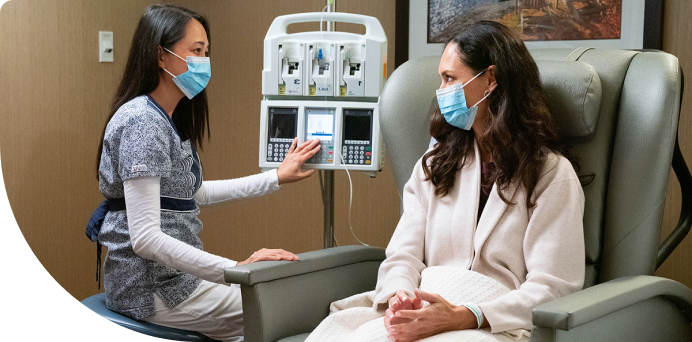Personalised insulin calculator
The Personalised insulin calculator uses the patient’s weight (kg) and height (cm) as well as their Blood Glucose Level (BGL, in mmol/L) to calculate a recommended dose of intravenous (IV) Actrapid to administer, in order to correct the hyperglycaemia prior to injection.
Once the insulin has been administered, the BGL should be monitored regularly (at least every 15 minutes) to ensure that it has reached a nadir (or low point) and the BGL has definitely started rising again, before the FDG is injected. If there is uncertainty, wait another 15 minutes and check again. If FDG is injected before the insulin effect has worn off (typically 90-120 minutes after IV Actrapid administration) the scan quality may be compromised by increased skeletal muscle uptake under insulin stimulation of GLUT4 transport. It is important to ensure the patient has otherwise prepared appropriately for the scan (i.e. fasting state).
Should symptomatic hypoglycaemia occur after IV Actrapid administration (a very rare occurrence [<1%] with this personalised insulin calculator), it should be reversed by glucose administration and the scan aborted and rescheduled. Patients at higher risk for hypoglycaemia include those with low weight / body mass index (BMI), type 1 diabetes mellitus, renal impairment.
This calculator has been specifically developed for use in an adult population, and should not be used for paediatric patients.
For information about the clinical use of this tool, refer to paper "Personalised insulin calculator enables safe and effective correction of hyperglycaemia prior to FDG PET/CT" as published in EJNMMI Research.
Personalised insulin calculator - FDG PET
Please see above content on how to use the personalised insulin calculator
Whilst appreciable care has been taken in the preparation of this nomogram, to determine the dose of insulin to be administered to patients presenting for a FDG PET scan with an elevated blood glucose level, Peter MacCallum Cancer Centre shall not be held responsible for any errors or omissions which result in injury (including death) to any person as a result of reliance on this nomogram.
Every patient's situation is individual and must be assessed with due consideration being given to his or her personal needs with a proper assessment of risks and after due exercise of appropriate p rofessional/clinical judgement. Patients who attend for a FDG PET scan with a BGL >18mmol/L require discussion with the referring physician regarding stabilisation of diabetes and possible rescheduling of their FDG PET scan. Some of these patients may have dehydration/hyperosmolarity associated with their hyperglycaemia and there is a risk of cerebral oedema due to fluid shifts with rapid correction of hyperglycaemia.
This calculator has not been tested in the paediatric population and should not be used on paediatric patients.

